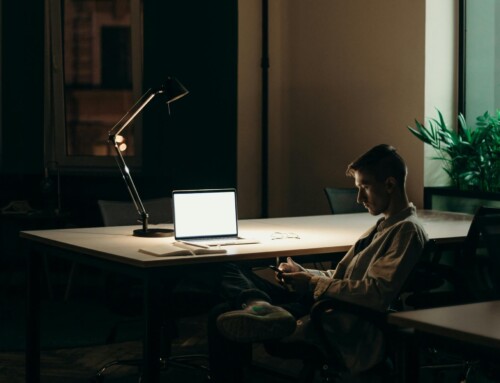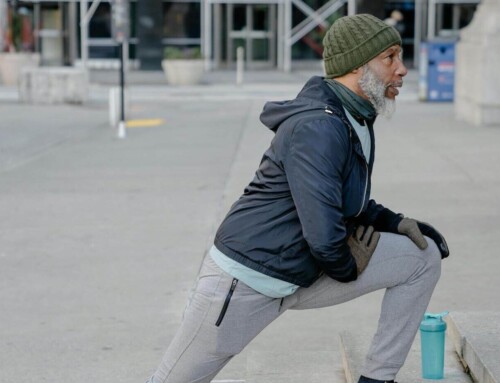Who would have thought that taking holidays could be so difficult? Americans out-work their international counterparts across almost every industry, job description, and level of seniority. According to a Washington Post article, “Americans left 768 million days of paid time off unused last year, according to research released by the U.S. Travel Association. The study found that 55 percent of Americans did not use all of their paid vacation time. Of the time they took, U.S. workers used nine days to travel.” And with the presence of Covid-19 this year, it is likely that even fewer employees will take a holiday. However, perhaps more than ever, a vacation is essential for holistic wellness and productivity benefits.
What is a vacation?
This question was much easier to answer in the past. In today’s world, the focus should be specifically on self-care and mental health. Time away from the desk is not enough because it currently looks exactly the same as returning home from a regular day of work. To enhance the vacation vibe, employees need to engage in activities outside of the norm. Encourage them to learn a new skill, especially an artistic one.
One way to spur participation is to have all the people on vacation work on the same activity. For example, everyone could come back a week later with pictures of their new herb garden or after having read the same book. Sharing their progress and thoughts from the experience is not only stimulating for the individual but also works wonders for team interaction.
How long is a vacation?
With no flights and hotels to book, this summer’s vacations lack a chronological structure. That is not necessarily a negative; it leaves employees with more room for practicality. For example, some organizations have begun to encourage short, frequent breaks such as Friday afternoons off with full days thrown in occasionally.
The key is to unwind and relax. Make sure you (or your employees) are avoiding work messages and calls on days off, including the weekend. This frequent detachment from the routine of work will help to charge everyone’s batteries and keep productivity levels up.
Job security
In today’s troubling work environment, it may be difficult to convince your team to take a break. In fact, they may feel that now is the perfect time to demonstrate how tirelessly they can toil.
Be very clear that your push for more vacation time will have no detrimental repercussions on their employment. Explain that the rationale is that teams are more productive when they give themselves room to breathe. Practice what you preach – take breaks yourself and have your management team follow in kind.
As many of us are experiencing, “working from home” often becomes “working all the time”. Counterintuitive as it may initially seem, research clearly shows that well-rested employees are more efficient, effective, and enjoy better mental and physical health. With a fun, pliable approach to vacations this summer, any business leader can have their team achieve more while working less. To read more about maintaining employee productivity over the summer months (and beyond), please read my article Keeping Your Employees Engaged Throughout the Summer.






